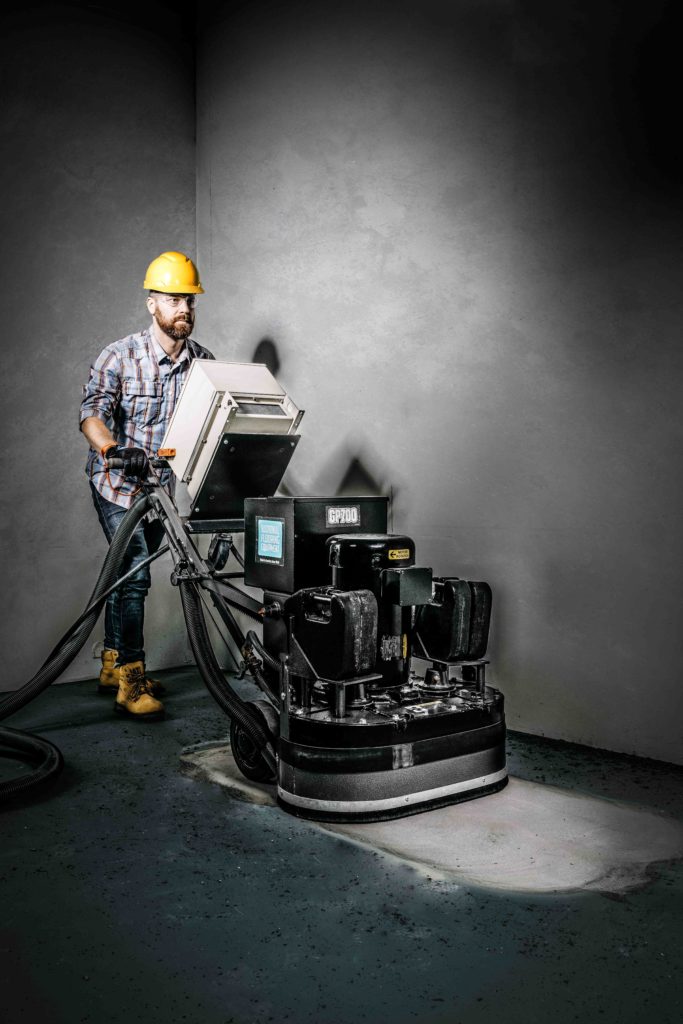The use of specialist equipment for surface preparation jobs is key in setting the pace for the completion of high-quality refurbishment projects. Pete Miller reports
It’s easy to tell when schools are closed for the summer. The roads are quieter for the morning commute, flights are more expensive and tourist attractions are busier.

For surface preparation contractors, the summer holidays are also time for school refurbishment projects.
Surface preparation sets the pace for a school refurbishment project — many jobs, such as painting and floor laying, cannot be started until it is complete. This places a lot of pressure on surface preparation contractors, because if the refurbishment is not complete by the end of the school holidays, the children cannot go back to school as planned.
To make sure a surface preparation job runs to schedule, there are two key requirements that should be met.
First of all, there must be enough hands on deck and, when necessary, more workers should be brought in to work in shifts.
Secondly, workers should have the appropriate equipment to get the job done quickly, without compromising on the quality of work.
Choosing machines
Wooden floors in school assembly halls can be repaired relatively easily. However, most floor coverings in schools are soft goods, such as linoleum and vinyl composition tile (VCT).
These coverings can be more difficult to repair because they are bought in rolls, so there is no way to cut out a section and blend a new covering into the existing floor. Because of this, it is often the easiest choice to replace the whole covering.
Soft goods do not require as much torque to remove as hard goods, so contractors working in schools can use fast scrapers. This is because the torque and speed of floor scrapers antagonise each other — fast machines typically have a lower torque while slow machines have a greater torque.
The use of fast machines in schools is extremely beneficial considering the large size and amount of open space.
Contractors should use ride-on scrapers for the bulk removal of floor coverings, but also need walk behind machines for tighter areas such as bathrooms, locker rooms and closets.
After removing a floor covering, surface preparation contractors need a range of diamond grinders to remove any remaining adhesive and prepare the surface for the next coating. Large grinders are best for doing the bulk of the work, but smaller grinders are also needed for tight spaces.
Which floors to focus on
The choice of floors to be repaired or replaced during a summer refurbishment will depend on the school’s budget. However, surface preparation contractors should still offer advice, following a thorough inspection of the building.
Most school floors need replacing every five or six years, but areas that experience a large amount of traffic, such as corridors, locker rooms, cafeterias and bathrooms, may need replacing more often.
As the pace-setters for a school refurbishment project, surface preparation contractors must make sure their work is completed according to the schedule. Choosing the most appropriate machines for the job is the first step to achieving high productivity.
Pete Miller is territory sales manager at surface preparation specialist National Flooring Equipment.
 Engineer News Network The ultimate online news and information resource for today’s engineer
Engineer News Network The ultimate online news and information resource for today’s engineer





